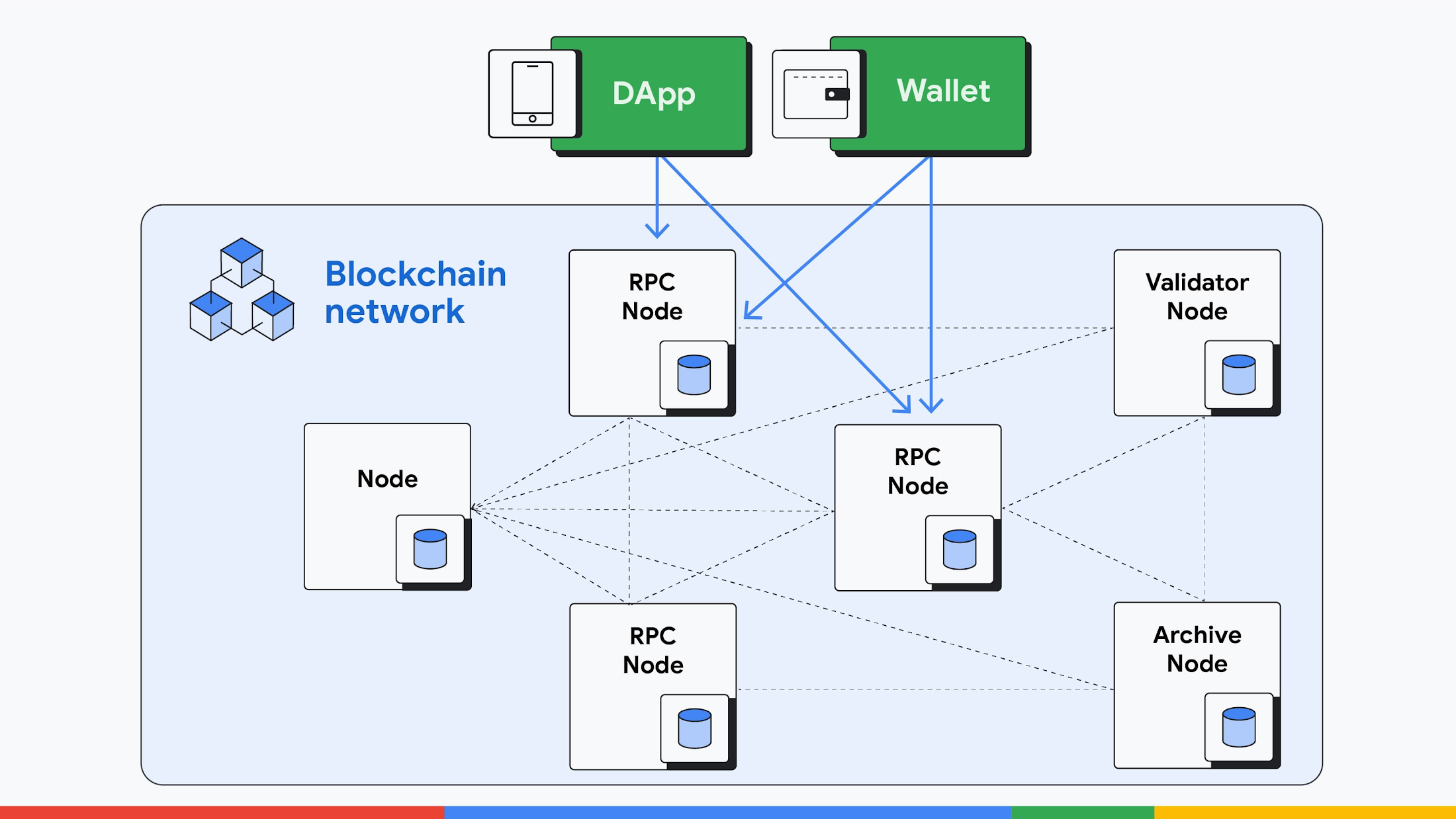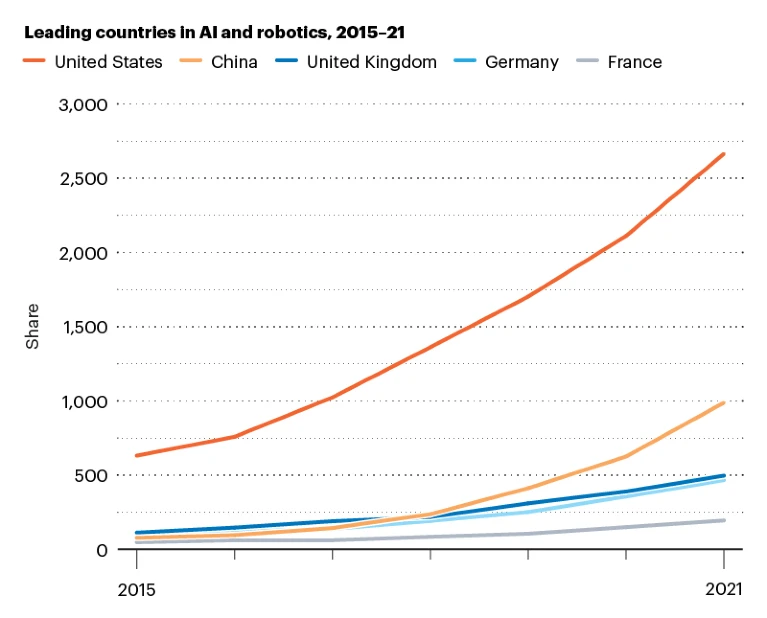Blockchain nodes are the physical machines that power the virtual computer that comprises a blockchain network and store the distributed ledger. There are several types of blockchain nodes, such as RPC nodes, validator nodes, archive nodes. By Bertrand Portier.

Deploying and managing nodes can be costly, time consuming, and complex. Cloud providers can help abstract away the complexities of node hosting so that Web3 developers do not need to think about infrastructure. In this article, we’ll explore both how organizations can avoid challenges by running their own nodes on Google Cloud, and how in many scenarios, our fully managed offering, Blockchain Node Engine, can make node hosting even easier.
Further in the article:
- Why running nodes is often difficult and costly
- Running nodes on Google Cloud for security, resiliency, and speed
- Streamlining and accelerating node hosting with Blockchain Node Engine
With the formation of both customer-facing and product teams dedicated to Web3, Google Cloud is inspired by the Web3 community and grateful to work with so many innovators within it. We’ve been excited to see our work in open-source projects, security, reliability, and sustainability address core needs we see in Web3 communities, and we look forward to seeing more creative decentralized apps and services as Web3 businesses continue to accelerate. Interesting read!
[Read More]